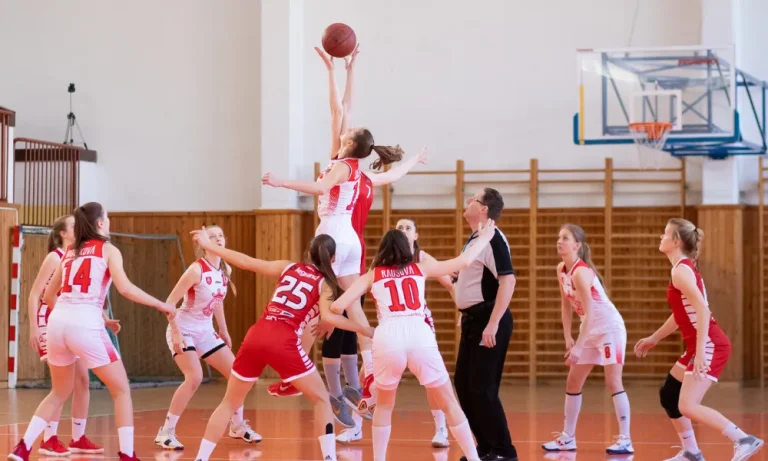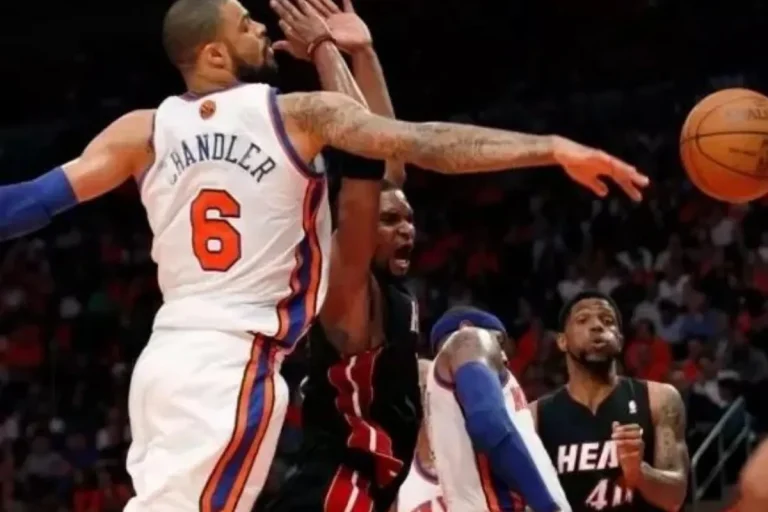Understanding the NBA Statistic PIE: Good, Average, Bad
Blog Title:
Unraveling the NBA Statistic PIE: Evaluating Performance Levels – Good, Average, Bad
Meta Description:
Discover how to interpret the NBA statistic PIE and determine whether a player’s performance is good, average, or bad.
Have you ever wondered how basketball players’ performances are evaluated beyond points scored or rebounds grabbed? Enter the NBA statistic PIE (Player Impact Estimate), a metric that provides insights into a player’s overall contribution to the game. In this blog post, we’ll break down the concept of PIE and explore what it means to have a good, average, or bad performance. Let’s dive in!
What is PIE and How is it Calculated?
When it comes to evaluating a basketball player’s impact on the game, the NBA statistic PIE (Player Impact Estimate) is a valuable tool. PIE measures a player’s overall contribution by taking into account various statistical factors. Let’s explore how PIE is calculated and what it signifies.
To calculate PIE, a formula is used that incorporates a player’s individual and team statistics. The formula is as follows:
PIE = (Player’s Statistical Output) / (Team’s Statistical Output)
The statistical output includes factors such as points scored, assists, rebounds, steals, blocks, and turnovers. By dividing a player’s individual statistical output by the team’s overall statistical output, PIE provides a percentage that represents the player’s impact on the game.
PIE reflects a player’s overall contribution by considering both their offensive and defensive performance. It takes into account not only the player’s scoring ability but also their ability to assist teammates, rebound, and contribute on the defensive end. This comprehensive approach allows PIE to provide a holistic view of a player’s impact on the game.
A higher PIE percentage indicates a greater impact, indicating that the player is contributing significantly to their team’s success. Conversely, a lower PIE percentage suggests a lesser impact or a need for improvement in certain areas of the game.
Interpreting PIE: Good Performance
When it comes to interpreting the NBA statistic PIE (Player Impact Estimate), understanding what constitutes a high PIE value is crucial. A high PIE value indicates a player’s exceptional impact on the game. So, how can we identify players with exceptional impact using PIE? Let’s explore.
In NBA statistics, a high PIE value typically falls in the range of 15% and above. This means that the player is making significant contributions in multiple areas of the game, such as scoring, assisting, rebounding, and playing solid defense. A high PIE value suggests that the player is actively involved and positively impacting their team’s performance.
Identifying players with exceptional impact using PIE involves looking at their consistency in generating high PIE ratings. NBA stars who consistently maintain high PIE ratings are often the ones who make a significant difference on the court. These players consistently contribute across multiple statistical categories and consistently elevate their team’s performance.
Some examples of NBA stars with consistently high PIE ratings are LeBron James, Kevin Durant, and Giannis Antetokounmpo. These players consistently demonstrate their versatility, impacting the game in various ways and displaying exceptional skills and basketball IQ.
Average Performance and Its Implications
Understanding what constitutes an average performance in terms of PIE (Player Impact Estimate) values is essential in evaluating a player’s effectiveness on the basketball court. Let’s delve into the range of PIE values that indicate average performance and how we can assess a player’s effectiveness based on these ratings.
In NBA statistics, a PIE value within the range of 10% to 15% is generally considered average. This suggests that the player is making some contributions to the game but may not be consistently impactful or excelling in multiple areas. An average PIE rating indicates that there is room for improvement and the player may need to work on specific aspects of their game to elevate their performance.
Assessing a player’s effectiveness based on average PIE ratings involves considering other factors alongside PIE. While PIE provides insights into a player’s overall contribution, it is important to evaluate their performance in context. Factors such as playing time, role within the team, and the specific strategies employed by the coach can influence a player’s impact on the game. Therefore, looking beyond PIE and considering the player’s overall role and context is crucial in assessing their effectiveness.
Poor Performance and Its Significance
Understanding and identifying poor performance in terms of PIE (Player Impact Estimate) values is crucial in evaluating a player’s contribution to the game. Let’s explore how to identify low PIE values and their implications for player performance, as well as the reasons behind these ratings and their impact on team dynamics.
Low PIE values, typically below 10%, indicate poor performance and limited impact on the game. Players with low PIE ratings may struggle to contribute significantly in multiple statistical categories, such as scoring, assisting, rebounding, or playing solid defense. Their lack of impact can negatively affect the team’s overall performance, as their contributions may be outweighed by their inefficiency or lack of involvement.
There can be several reasons behind low PIE ratings. It could be due to a player’s limited skill set, lack of playing time or opportunities, injuries, or even mismatched team dynamics. Players with consistently low PIE ratings often fail to make a significant difference on the court and may struggle to find their role within the team. Their lack of impact can disrupt team chemistry and hinder the team’s overall success.
Case studies of players with consistently low PIE ratings include those who may have struggled with injuries, lack of playing time, or who may not possess the necessary skills to make a significant impact. These players often find it challenging to positively contribute to the team’s performance and may require additional support or development to improve their effectiveness.
Limitations and Criticisms of PIE
While PIE (Player Impact Estimate) is a useful metric for evaluating player performance, it is important to acknowledge its limitations and criticisms. Relying solely on PIE for player evaluation may not provide a complete picture. Let’s discuss some of the criticisms and limitations of PIE and explore alternative statistics and metrics that can complement its analysis.
One of the main criticisms of PIE is that it does not capture certain intangible aspects of the game, such as leadership, communication, and basketball IQ. These qualities can greatly impact a player’s effectiveness on the court but may not be adequately reflected in PIE ratings. Additionally, PIE may overlook the impact of certain playing styles or roles within a team, as it primarily focuses on statistical contributions.
Furthermore, PIE may not accurately capture the defensive contributions of a player. While it considers defensive statistics like steals and blocks, it may not fully account for a player’s defensive presence, rotations, or ability to disrupt opponents’ plays. This can lead to an incomplete assessment of a player’s overall impact.
To complement PIE, alternative statistics and metrics can be employed for a comprehensive player analysis. Metrics like plus-minus, defensive rating, and usage rate can provide valuable insights into a player’s impact on team performance. Additionally, qualitative observations and scouting reports can help assess intangible qualities that may not be captured by statistical measures alone.
Conclusion
As we’ve explored the Player Impact Estimate (PIE) statistic in the NBA, it becomes clear that it is a valuable tool for evaluating player performance. By understanding how to interpret PIE values and recognizing the significance of good, average, and bad ratings, we can gain insights into a player’s impact on the game and their contribution to team success.
What is PIE in the context of NBA statistics?
PIE stands for Player Impact Estimate and is a statistic that quantifies a player’s overall impact on the game.
How is PIE calculated?
PIE is calculated by dividing a player’s individual statistics by the team’s overall statistics, providing a percentage that represents their contribution.
What is considered a good PIE value?
A good PIE value is typically above 15%, indicating a player’s significant impact and contribution to the team’s success.
What does an average PIE value signify?
An average PIE value falls within the range of 10-15% and suggests a player’s moderate impact on the game and team performance.
What does a bad PIE value indicate?
A bad PIE value is generally below 10%, indicating a player’s limited impact and poor performance on the court.
Is PIE the only statistic to evaluate player performance?
No, PIE is not the only statistic to evaluate player performance. It is important to consider other metrics and qualitative aspects to gain a comprehensive understanding.




